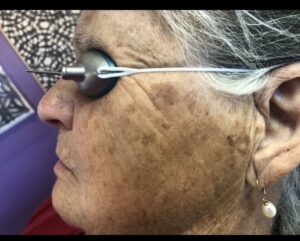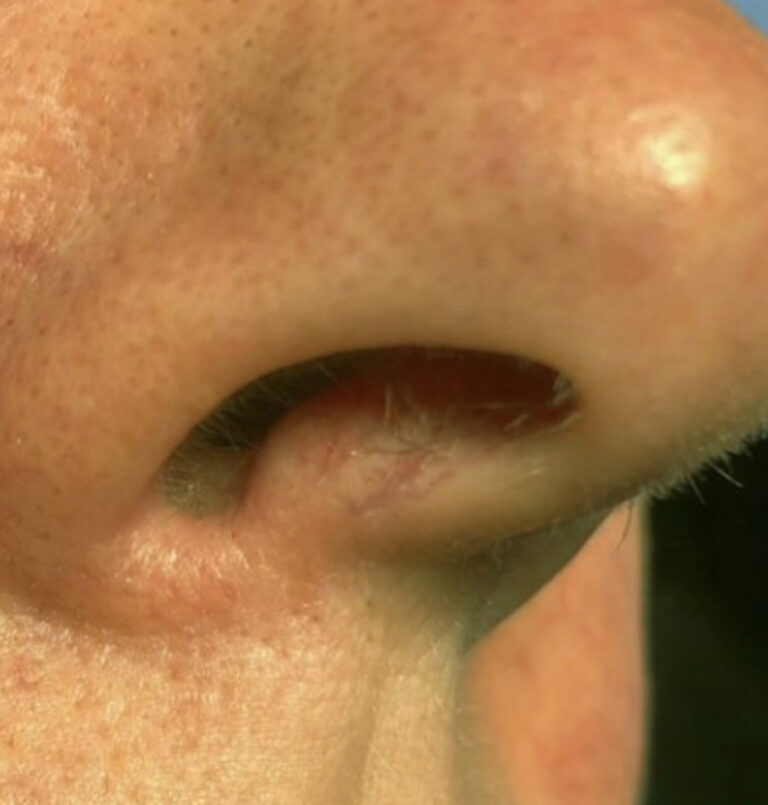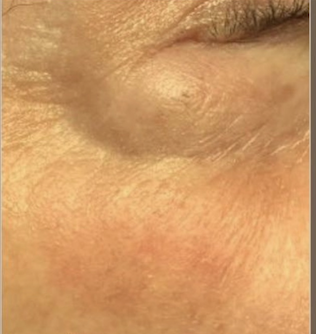 There are many cosmetic issues that can impact the way you look and feel—including wrinkles, redness and port wine stains. Other cosmetic conditions can also be bothersome, such as:
There are many cosmetic issues that can impact the way you look and feel—including wrinkles, redness and port wine stains. Other cosmetic conditions can also be bothersome, such as:
- Hemangioma – a common vascular birthmark, made of extra blood vessels in the skin
- Pseudofolliculitis barbae – infected hair follicles in the beard area that appear as small red swellings where the hairs come through the skin
- Onychomycosis – a nail fungal infection
- Pigmented lesions – often involve melanin (brown pigment), resulting in small or large areas of the skin appearing brown, black or blue in color
- Spider or leg veins
- Venous lake – a small blood vessel (vein) in the skin, which over time has become enlarged and wider or dilated

 The Art of Skin Dermatology
The Art of Skin Dermatology 







